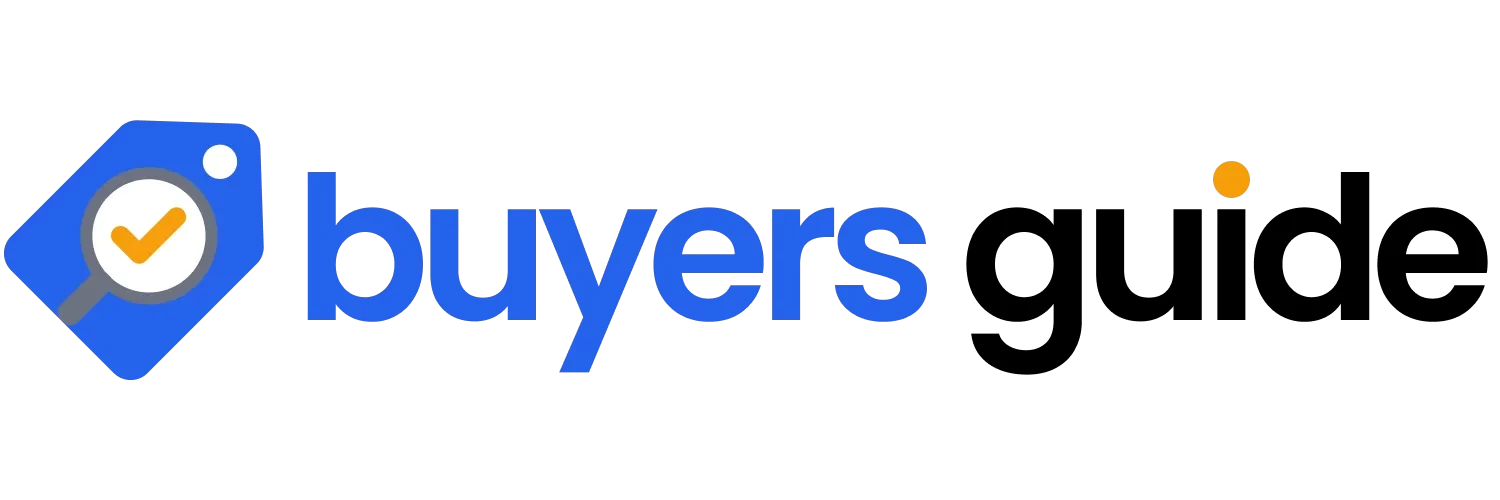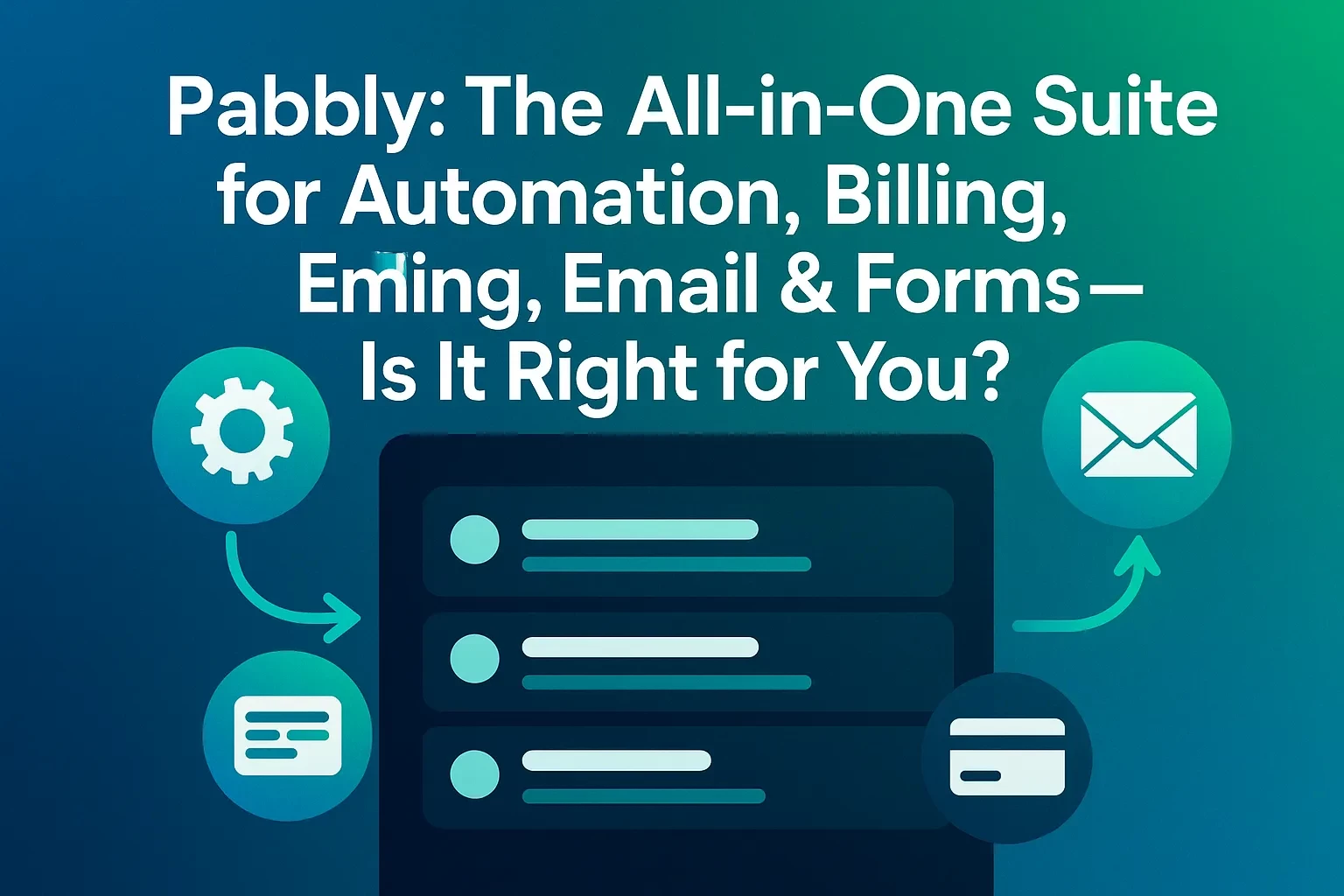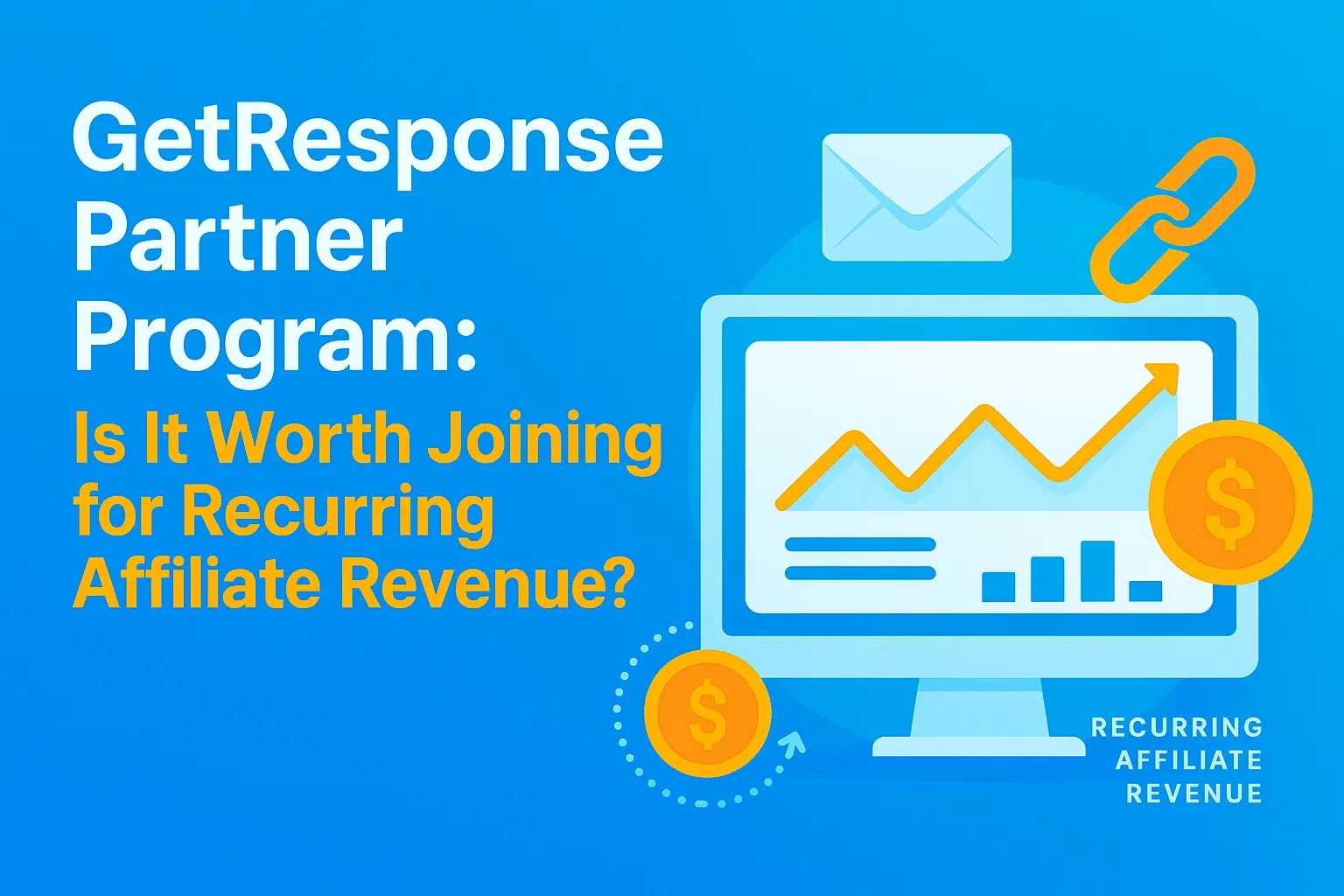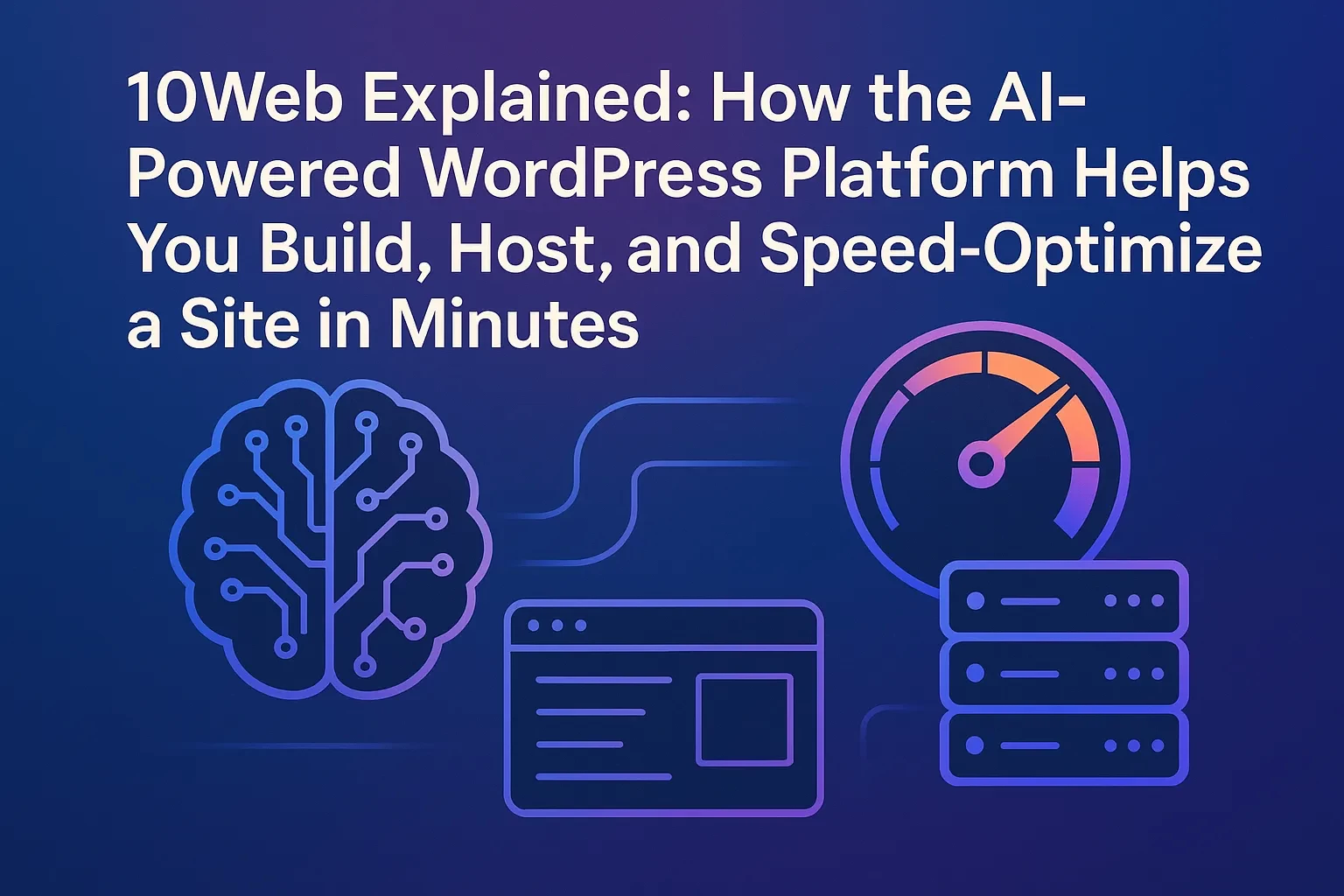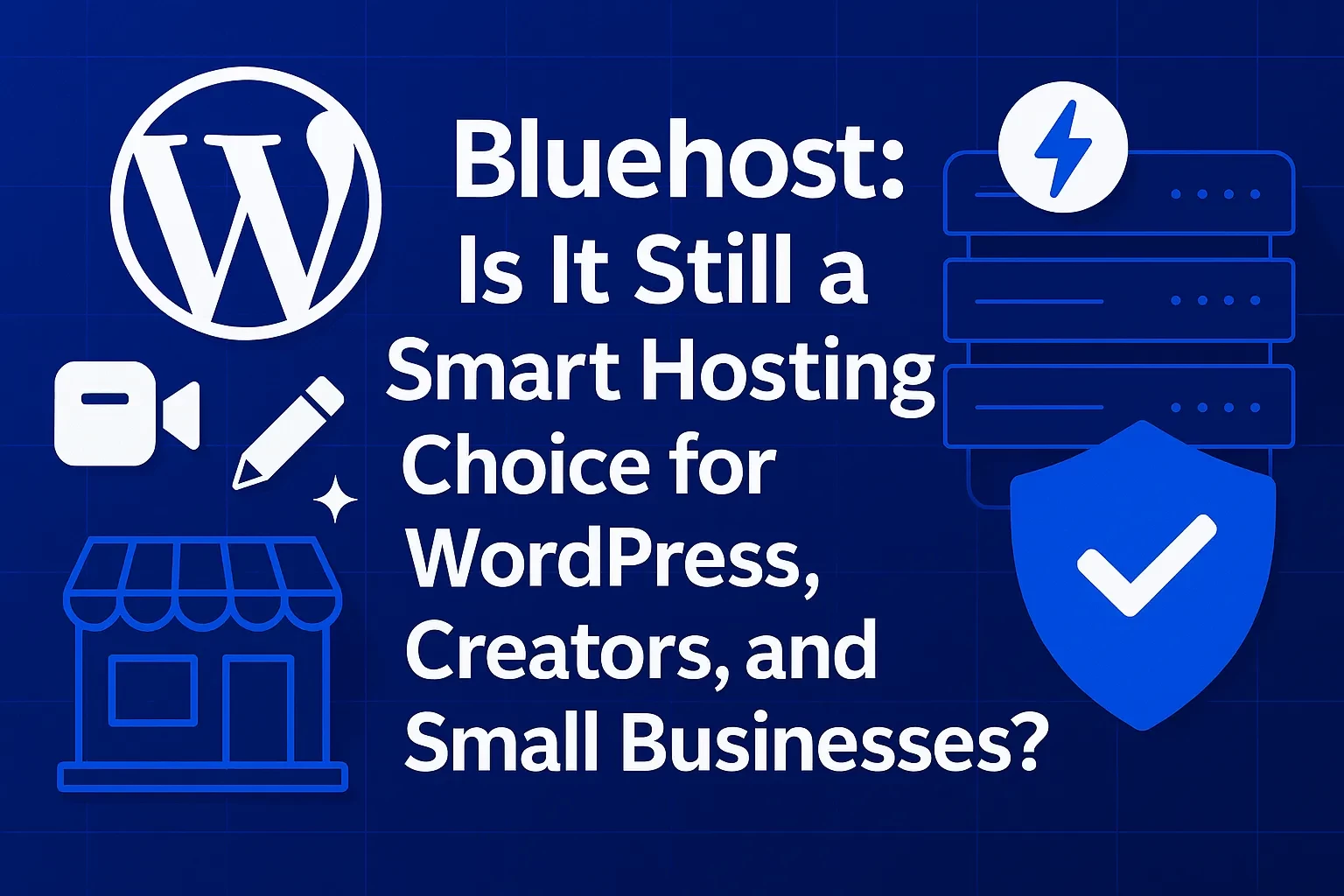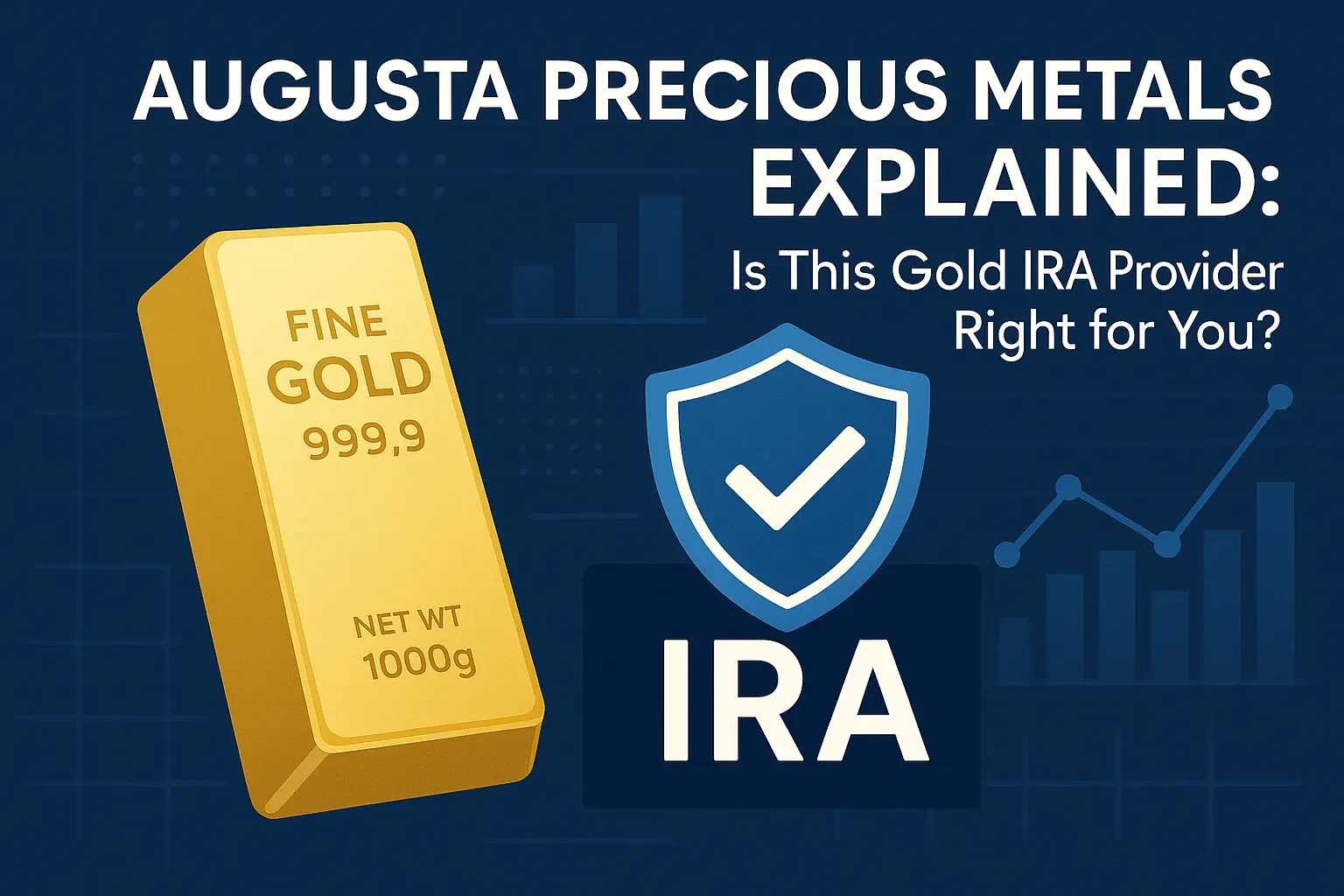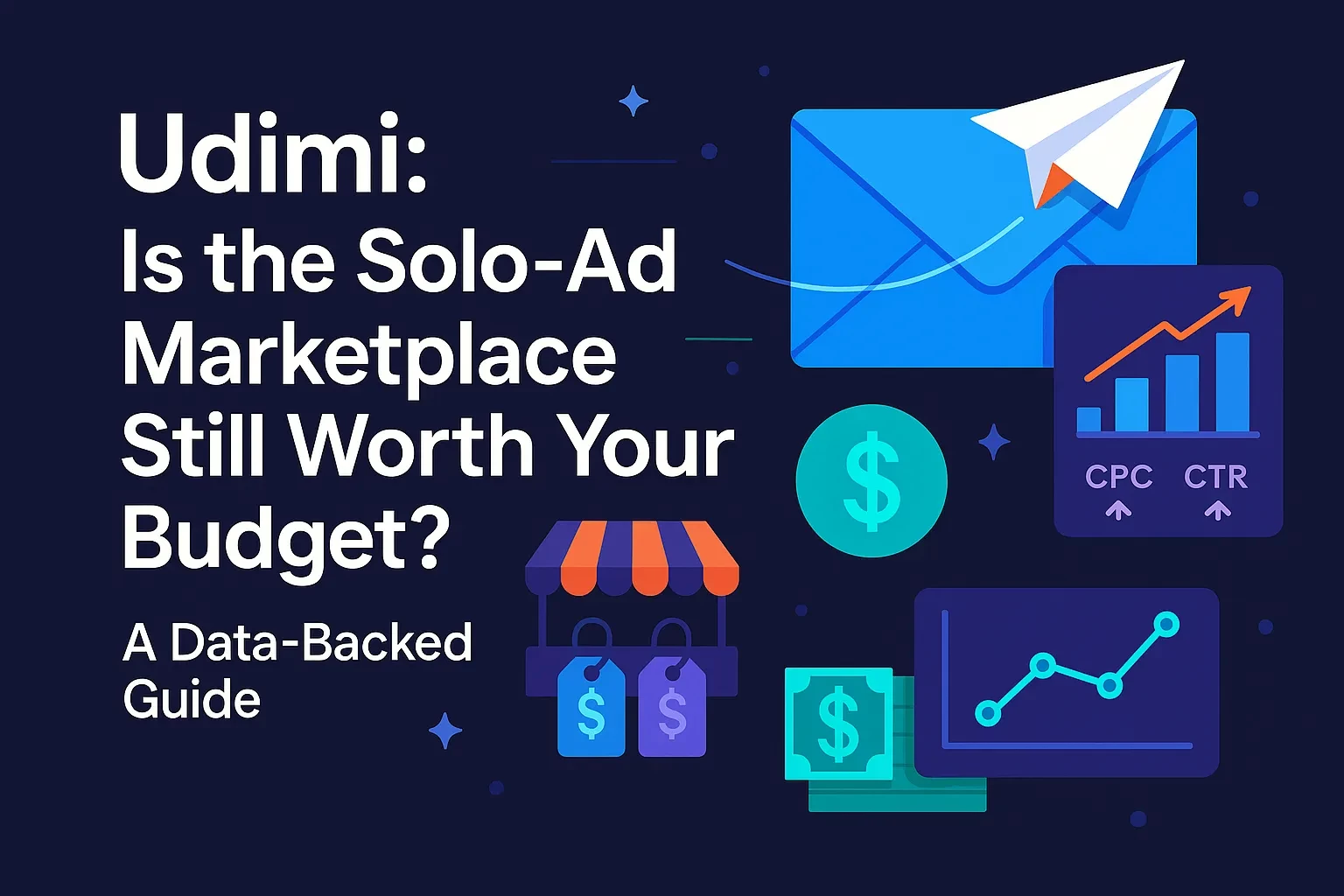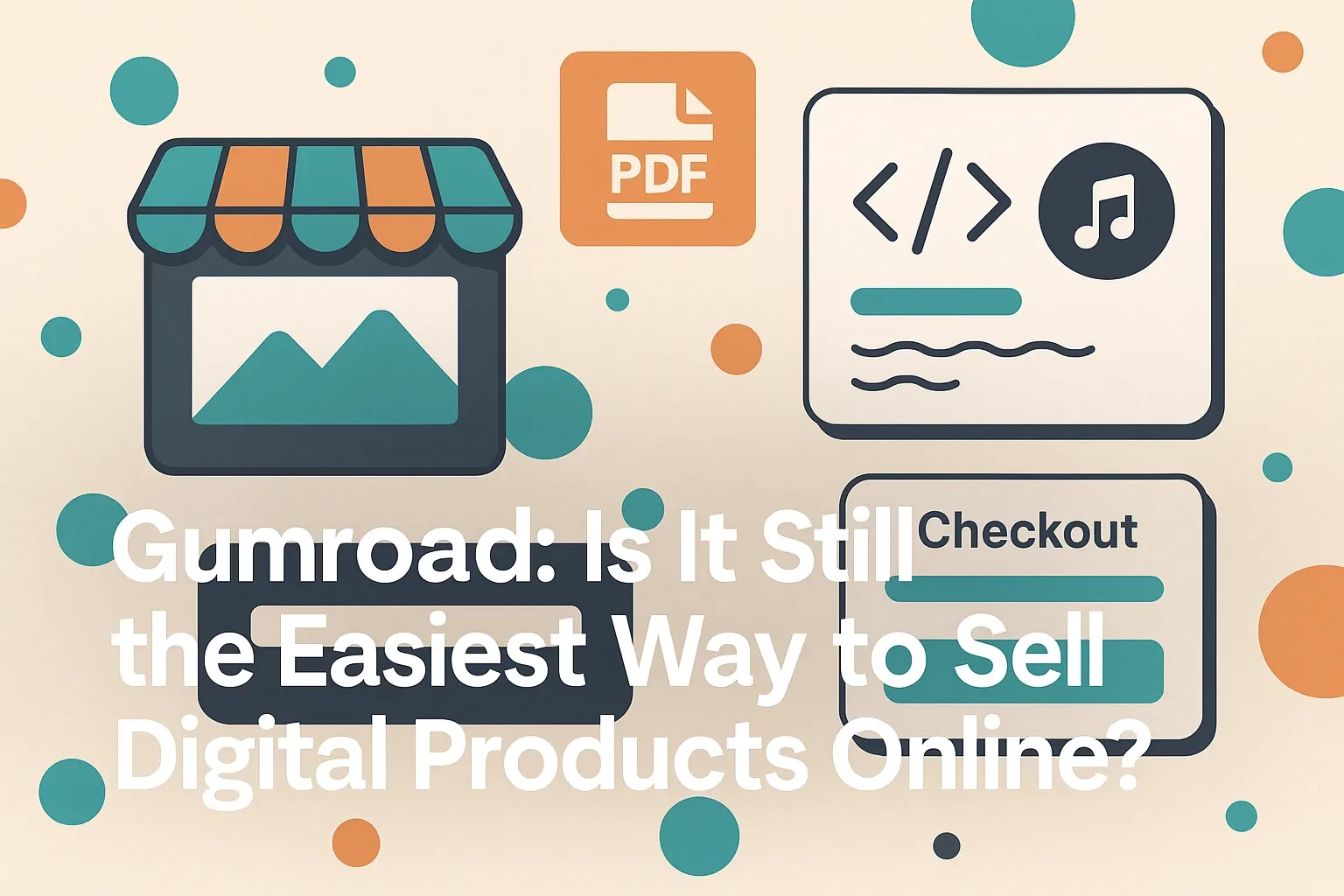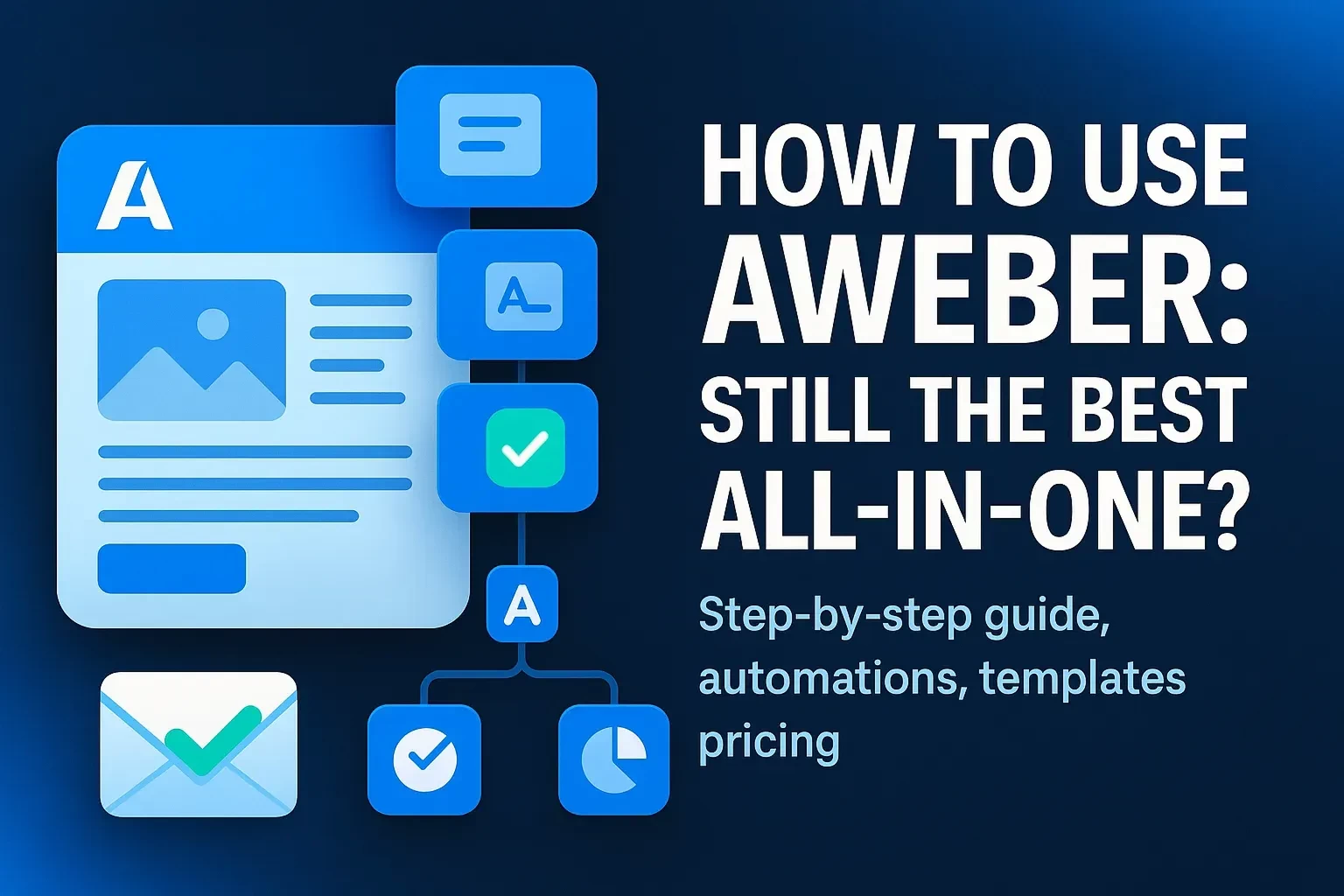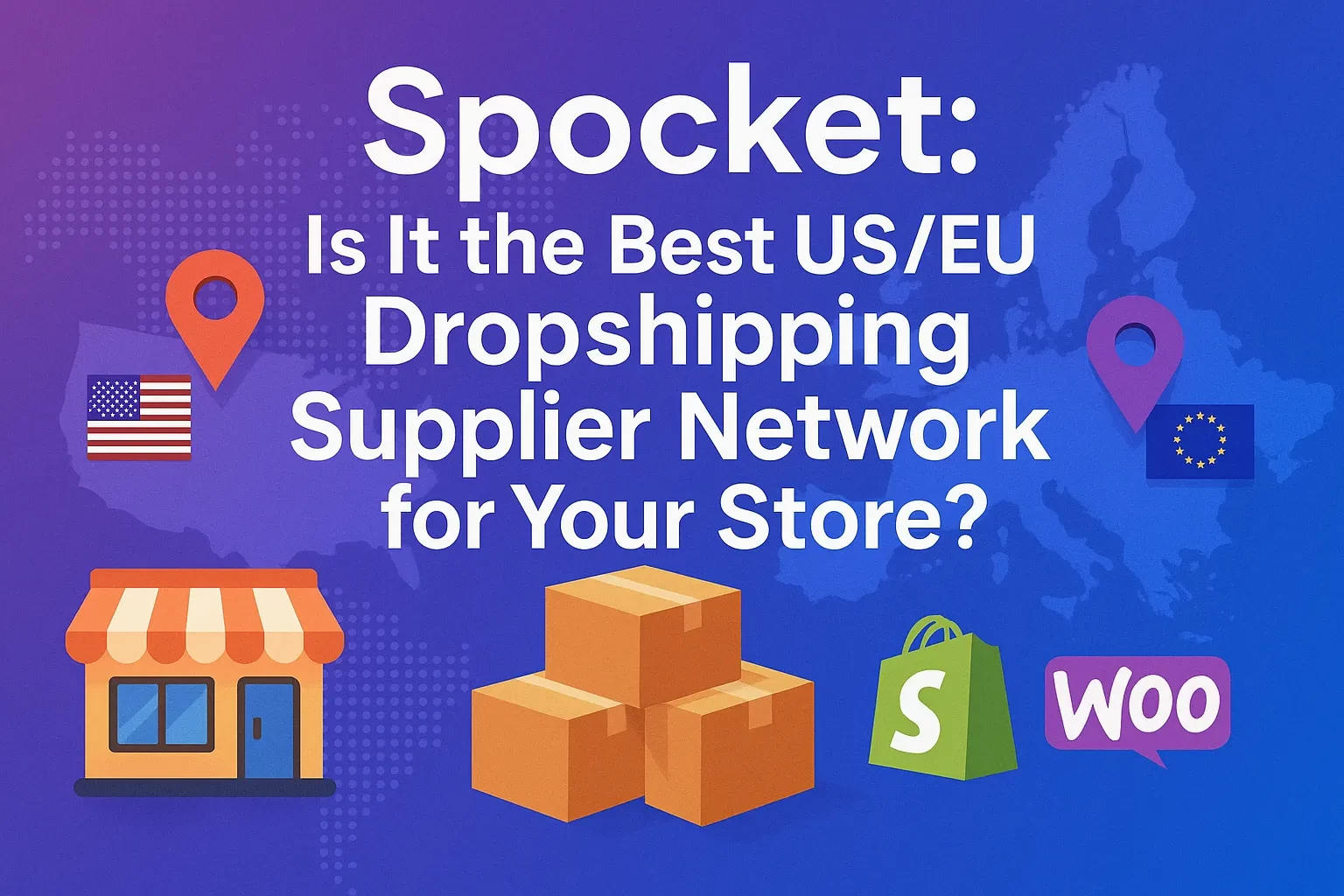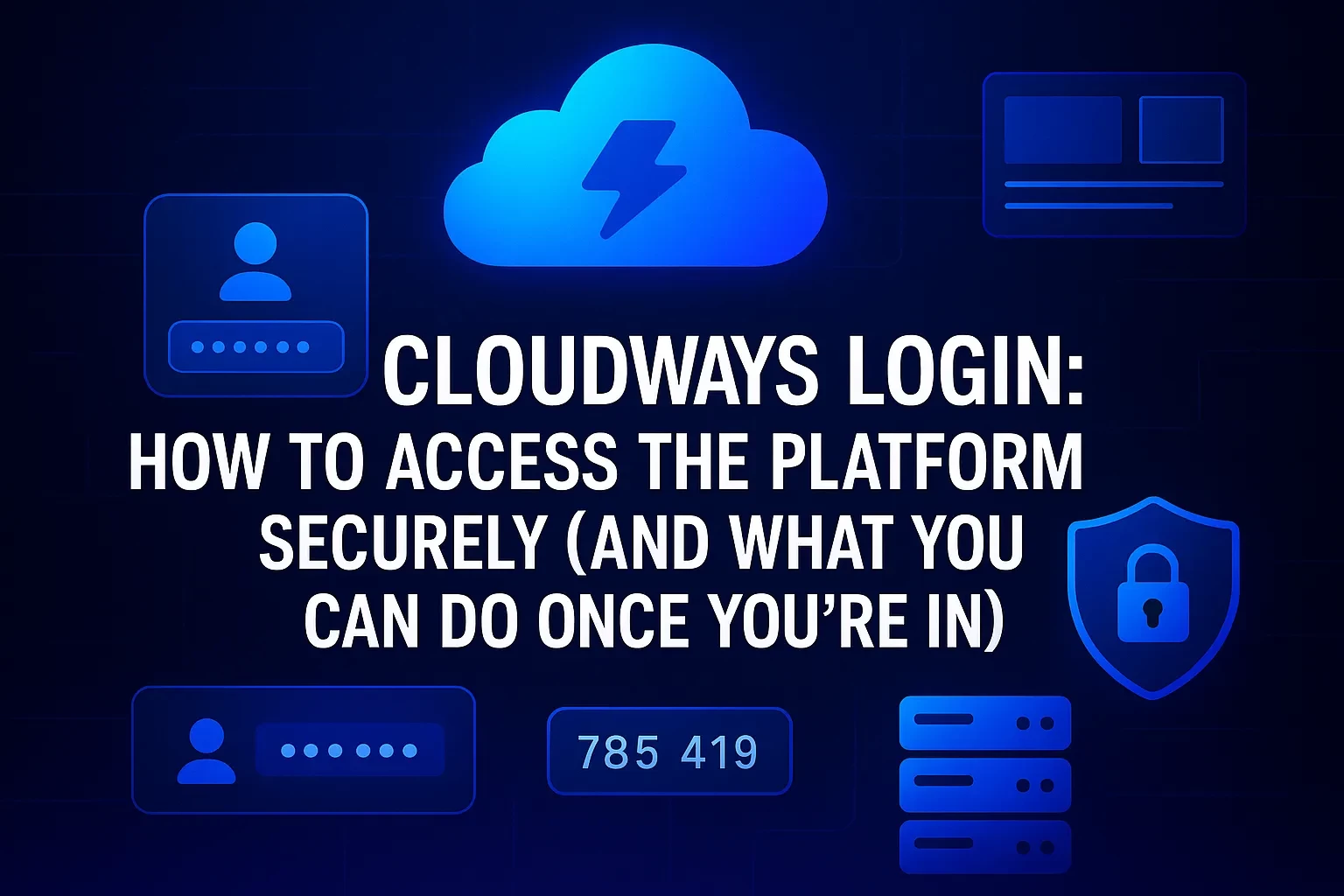Table of Contents
If you run a lean business, you’ve probably heard the siren song of AppSumo—those one-time payments that unlock tools you’d normally pay monthly for. But a marketplace is only as good as its deal quality, buyer protections, and partner ecosystem. In this deep dive, you’ll learn exactly what AppSumo is in 2025, how lifetime deals actually work, what’s new (like annual and credit-based plans), how creators list and scale products there, and how you can evaluate a deal before you buy. You’ll also see a practical mini case study using TidyCal (an AppSumo Originals product) and walk through a step-by-step playbook for getting the most value with the least risk. By the end, you’ll be able to judge when AppSumo fits your tool stack—and when it doesn’t—so you can spend confidently and operate more profitably.
What AppSumo Is—and Isn’t
AppSumo is a software marketplace where you can buy deeply discounted access to business tools. Historically the hook has been “lifetime deals” (pay once, use for the life of the product), but today the catalog also includes 1-year, multi-year, and credit-based offers to balance sustainability for partners with savings for buyers. What keeps the flywheel turning is a mix of exclusive pricing, a large audience of small-business buyers (“Sumo-lings”), and a structured launch program for SaaS partners.
On the seller side, AppSumo runs a marketplace anyone can list on, plus a curated “Select” program for established SaaS teams who want more hands-on marketing support and distribution to millions of potential customers. The Select track positions AppSumo as a growth engine (distribution, creative, and campaign management) rather than just a coupon site.
How Lifetime Deals Actually Work (and Why They’re Different from “Lifetime of You”)
When AppSumo or a partner advertises “lifetime,” it refers to the lifetime of the product—not your lifetime. In practice, after you purchase and redeem, you’ll keep access for as long as the vendor continues to operate the product according to the published terms. This model transfers subscription risk away from you (recurring fees) but introduces vendor-continuity risk (company/product longevity). That’s why due diligence on vendor health and roadmap matters before you buy.
AppSumo also maintains a money-back window on most marketplace purchases. Historically, many deals used a 60-day refund period; AppSumo’s current policy is that the exact time window is stated on each deal page (e.g., 30 or 60 days). Treat that date like an evaluation deadline—set a calendar reminder and really use the tool within that window.
AppSumo’s Evolving Catalog: Lifetime, Annual, and Credit-Based Plans
In 2025, AppSumo remains synonymous with lifetime deals—yet it now showcases annual, multi-year, and credit-based offers as first-class options. That expansion aims to support long-term partner sustainability (recurring revenue) while still delivering best-available pricing to buyers. For you, the practical takeaway is simple: compare lifetime total cost of ownership against discounted multi-year or credit-bundled offers, and pick the model that de-risks your use case and budget.
Inside the Marketplace: Originals, Select, and Open Listings
AppSumo isn’t just a reseller. It also builds “AppSumo Originals”—simple, affordable tools designed for small teams, like TidyCal (scheduling), SendFox (email), and BreezeDoc (document workflows). These products give you a safe, low-friction entry point because pricing is transparent and roadmaps are oriented toward SMB needs. Meanwhile, Select campaigns put established SaaS in front of a global SMB audience with AppSumo’s marketing muscle, and the open marketplace allows indie makers to list templates, courses, and apps.
Step-by-Step: How to Evaluate an AppSumo Deal Like a Pro
Step 1 — Confirm the core promise.
• Identify the license type (lifetime vs 1-year vs credit-based) and constraints (usage caps, seats, feature tiers).
• Check the redemption deadline and verify the refund window shown on the deal page.
Step 2 — Validate product maturity.
• Read recent buyer reviews to understand edge cases and support responsiveness.
• Scan release notes or changelogs to gauge development velocity.
• Confirm integrations critical to your stack (SSO, webhooks, CRM/ESP connections).
Step 3 — Model the economics.
• Compare all-in lifetime price to 24–36 months of a standard subscription.
• If a vendor is early-stage, weigh the “longevity risk discount”: lifetime is great if the product survives; annual/multi-year may be safer if you need assured continuity.
Step 4 — Test deeply within the refund window.
• Recreate your real workflows, not just a “hello world.”
• If the tool requires team rollout, run a quick pilot and collect feedback before the window closes.
• Calendar block the last week of the refund period to make a keep/return decision.
Step 5 — Document your tier and entitlements.
• Save PDFs/screenshots of deal terms, tier limits, and included features.
• Store your license keys and redemption emails in a shared vault.
Step 6 — Plan the exit.
• If you return, sanitize data and revoke access.
• If you keep it, add monitoring for SLA, uptime, and roadmap changes.
Practical Examples: Where AppSumo Shines vs. Where to Be Careful
Great fits for AppSumo deals
• Solo founders standardizing on scheduling, email marketing, or knowledge-base tools.
• Agencies looking for repeatable, client-facing utilities (reporting, form builders, client portals).
• Ops teams seeking single-purpose apps with clear usage caps (transcription credits, document signing).
• Marketers testing new channels (social automation, analytics overlays) with limited downside.
Situations to slow down
• Mission-critical systems where support SLAs, data residency, or security attestations (SOC 2, ISO 27001) are non-negotiable.
• Deep platform bets that must scale across hundreds of seats—unless the vendor’s tier explicitly supports enterprise features.
• Highly regulated industries without clear compliance documentation.
Mini Case Study: TidyCal as a “Lifetime” Scheduling Workhorse
TidyCal is an AppSumo Originals scheduling app that distills the core features most professionals need—calendar connections, booking pages, group events, and quality-of-life touches like custom emails—into a low-cost package. On AppSumo, it’s offered with the familiar “buy once” framing and clear activation terms. If scheduling is a commodity in your workflow, the lifetime price can beat the 24- to 36-month cost of rival subscriptions while meeting 90% of typical use cases. For edge cases like round-robin routing or complex multi-resource booking, you’ll want to validate feature parity during the refund period.
How to trial it smartly in one week
• Connect two calendars and simulate conflicts.
• Create a branded booking page and send test invites to colleagues.
• Enable analytics tracking and inspect UTM capture in your CRM.
• Run a short group session and evaluate reminders, ICS delivery, and time-zone handling.
• Before your refund window ends, check whether advanced features (buffers, multi-host events) meet your exact needs.
For Creators: Should You List Your Product on AppSumo?
If you’re a maker, AppSumo offers two primary paths:
Marketplace listing (you drive more of your own promotion)
• Simple partner onboarding; list digital products like SaaS, courses, and templates.
• You control pricing and terms; you earn on each sale.
• You’ll want an action plan for support, Q&A, and review generation.
AppSumo Select (curated, higher-touch)
• AppSumo supports campaign strategy and distribution to a broad audience.
• Strong fit for established SaaS teams aiming for rapid SMB acquisition at scale.
Creator checklist before you apply
• Nail onboarding: new users should get to value in <15 minutes.
• Harden support: macros for common issues, in-app chat, and a published SLA.
• Instrument analytics: funnel from listing → redemption → activation → day-7 retention.
• Incentivize reviews ethically: drip emails that ask for feedback after the “aha” moment.
• Prep infra for spikes: AppSumo launches can drive large bursts of signups—ensure rate limits and queues won’t crumble.
Common Mistakes to Avoid (Buyers and Creators)
Buyer pitfalls
• Treating “lifetime” like a blank check without reading tier limits (seats, credits, API caps).
• Waiting until the last 48 hours of the refund window to test—real workflows take time and coordination.
• Over-collecting tools you won’t deploy; shelfware is still a cost center.
Creator pitfalls
• Launching without a self-serve onboarding path, leading to support overload.
• Underestimating the importance of reviews; social proof drives marketplace conversions.
• Failing to prime your internal metrics to capture activation and retention lift from the campaign.
Expert tips
• Build a simple ROI calculator for each purchase (hours saved × hourly rate) and revisit it at 30/60/90 days.
• Use a “deal diary”: for each tool, record what problem it solves, who owns it internally, and the SOP link.
• For creators, publish a public roadmap and changelog so Sumo-lings see progress and feel heard.
A Buyer’s Due-Diligence Framework You Can Reuse
1) Product risk
• Team signals (LinkedIn depth, founder history)
• Funding/runway or revenue indicators
• Shipping cadence (release notes vs. silence)
2) Technical fit
• Integrations (OAuth, Zapier, native APIs, SSO)
• Data portability (export formats, webhooks)
• Security posture (encryption at rest/in transit, access controls)
3) Commercial clarity
• What changes are allowed to tiers and features post-purchase?
• Is there a path to upgrade within the same “deal family” if you outgrow limits?
• What exactly is refundable—and until when? (Check each listing’s terms.)
One Table to Clarify the Deal Models
| Deal model | What you pay | What you get | When it’s best | What to double-check |
|---|---|---|---|---|
| Lifetime | One-time price | Access for the life of the product, within tier limits | You expect to use the tool ≥ 24–36 months | Vendor viability, feature roadmaps, limits/quotas, redemption deadlines |
| 1-Year / Multi-Year | Discounted fixed term | Time-boxed access with updates during the term | You need lower risk and predictable renewals | Renewal price after promo, data export paths |
| Credit-Based | Buy credits upfront | Usage across features/limits until credits run out | Bursty workloads and experimentation | Credit rollover rules, unit economics for your volume |
Frequently Asked Questions (PAA-Style)
Here’s a simple, no-fluff plan you can run in five days:
• Day 1: Identify two AppSumo tools that map to a clear business problem (e.g., scheduling, email capture).
• Day 2: Run a hands-on test with real data and a small team.
• Day 3: Pressure-test integration points (calendars, CRM, analytics).
• Day 4: Quantify time saved and error reduction; document a rollout SOP.
• Day 5: Decide to keep or refund—before the window closes. Then standardize the tool internally.
Used this way, AppSumo can be more than a bargain bin—it can be a strategic procurement channel for practical, narrowly focused software that pays for itself quickly. When you combine disciplined testing with the marketplace’s refund protections and expanded plan options, you can capture the upside of innovation without locking yourself into bloated subscription costs.
